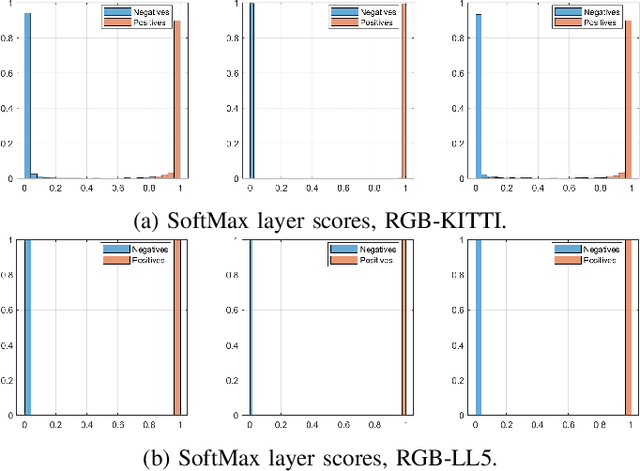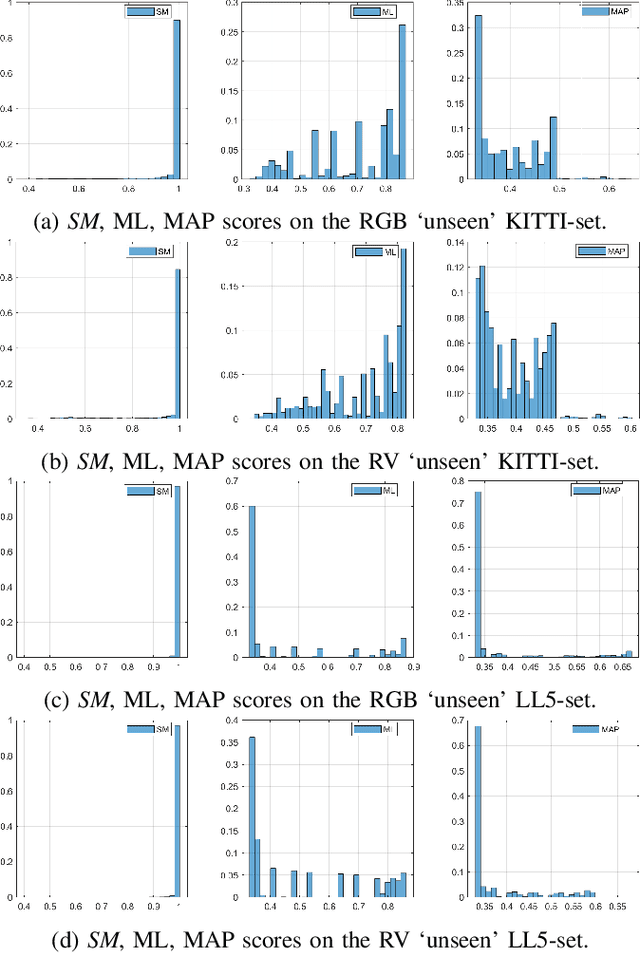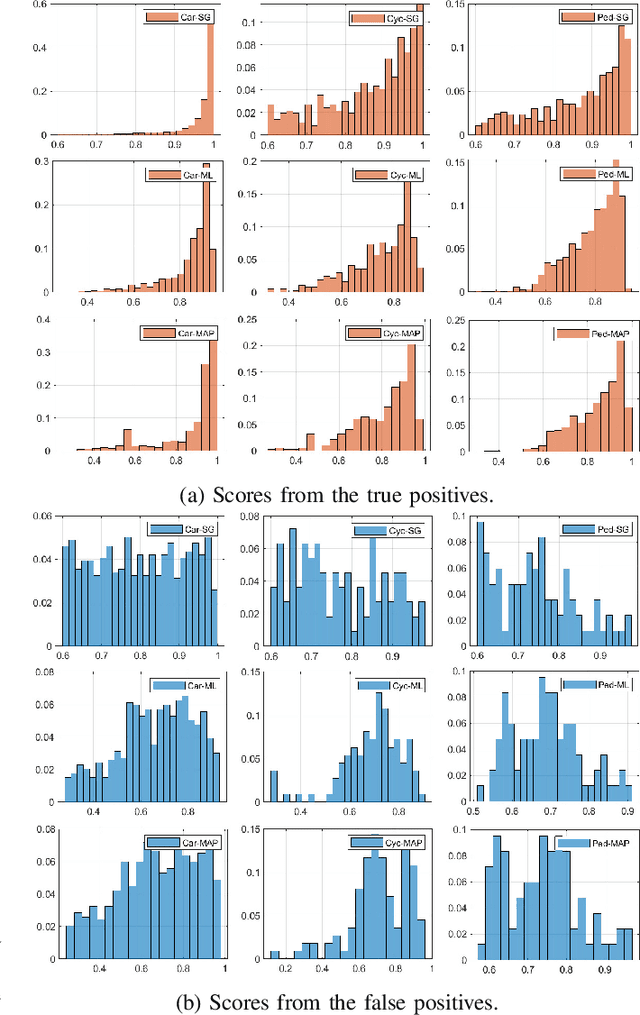Nuno Gonçalves
AdaSplash: Adaptive Sparse Flash Attention
Feb 17, 2025Abstract:The computational cost of softmax-based attention in transformers limits their applicability to long-context tasks. Adaptive sparsity, of which $\alpha$-entmax attention is an example, offers a flexible data-dependent alternative, but existing implementations are inefficient and do not leverage the sparsity to obtain runtime and memory gains. In this work, we propose AdaSplash, which combines the efficiency of GPU-optimized algorithms with the sparsity benefits of $\alpha$-entmax. We first introduce a hybrid Halley-bisection algorithm, resulting in a 7-fold reduction in the number of iterations needed to compute the $\alpha$-entmax transformation. Then, we implement custom Triton kernels to efficiently handle adaptive sparsity. Experiments with RoBERTa and ModernBERT for text classification and single-vector retrieval, along with GPT-2 for language modeling, show that our method achieves substantial improvements in runtime and memory efficiency compared to existing $\alpha$-entmax implementations. It approaches -- and in some cases surpasses -- the efficiency of highly optimized softmax implementations like FlashAttention-2, enabling long-context training while maintaining strong task performance.
Quadruplet Loss For Improving the Robustness to Face Morphing Attacks
Feb 22, 2024Abstract:Recent advancements in deep learning have revolutionized technology and security measures, necessitating robust identification methods. Biometric approaches, leveraging personalized characteristics, offer a promising solution. However, Face Recognition Systems are vulnerable to sophisticated attacks, notably face morphing techniques, enabling the creation of fraudulent documents. In this study, we introduce a novel quadruplet loss function for increasing the robustness of face recognition systems against morphing attacks. Our approach involves specific sampling of face image quadruplets, combined with face morphs, for network training. Experimental results demonstrate the efficiency of our strategy in improving the robustness of face recognition networks against morphing attacks.
Impact of Image Context for Single Deep Learning Face Morphing Attack Detection
Sep 01, 2023Abstract:The increase in security concerns due to technological advancements has led to the popularity of biometric approaches that utilize physiological or behavioral characteristics for enhanced recognition. Face recognition systems (FRSs) have become prevalent, but they are still vulnerable to image manipulation techniques such as face morphing attacks. This study investigates the impact of the alignment settings of input images on deep learning face morphing detection performance. We analyze the interconnections between the face contour and image context and suggest optimal alignment conditions for face morphing detection.
Fused Classification For Differential Face Morphing Detection
Sep 01, 2023Abstract:Face morphing, a sophisticated presentation attack technique, poses significant security risks to face recognition systems. Traditional methods struggle to detect morphing attacks, which involve blending multiple face images to create a synthetic image that can match different individuals. In this paper, we focus on the differential detection of face morphing and propose an extended approach based on fused classification method for no-reference scenario. We introduce a public face morphing detection benchmark for the differential scenario and utilize a specific data mining technique to enhance the performance of our approach. Experimental results demonstrate the effectiveness of our method in detecting morphing attacks.
Neural Implicit Morphing of Face Images
Aug 26, 2023Abstract:Face morphing is one of the seminal problems in computer graphics, with numerous artistic and forensic applications. It is notoriously challenging due to pose, lighting, gender, and ethnicity variations. Generally, this task consists of a warping for feature alignment and a blending for a seamless transition between the warped images. We propose to leverage coordinate-based neural networks to represent such warpings and blendings of face images. During training, we exploit the smoothness and flexibility of such networks, by combining energy functionals employed in classical approaches without discretizations. Additionally, our method is time-dependent, allowing a continuous warping, and blending of the target images. During warping inference, we need both direct and inverse transformations of the time-dependent warping. The first is responsible for morphing the target image into the source image, while the inverse is used for morphing in the opposite direction. Our neural warping stores those maps in a single network due to its inversible property, dismissing the hard task of inverting them. The results of our experiments indicate that our method is competitive with both classical and data-based neural techniques under the lens of face-morphing detection approaches. Aesthetically, the resulting images present a seamless blending of diverse faces not yet usual in the literature.
Young Labeled Faces in the Wild : A Dataset for Children Faces Recognition
Jan 13, 2023Abstract:Face recognition has achieved outstanding performance in the last decade with the development of deep learning techniques. Nowadays, the challenges in face recognition are related to specific scenarios, for instance, the performance under diverse image quality, the robustness for aging and edge cases of person age (children and elders), distinguishing of related identities. In this set of problems, recognizing children's faces is one of the most sensitive and important. One of the reasons for this problem is the existing bias towards adults in existing face datasets. In this work, we present a benchmark dataset for children's face recognition, which is compiled similarly to the famous face recognition benchmarks LFW, CALFW, CPLFW, XQLFW and AgeDB. We also present a development dataset (separated into train and test parts) for adapting face recognition models for face images of children. The proposed data is balanced for African, Asian, Caucasian, and Indian races. To the best of our knowledge, this is the first standartized data tool set for benchmarking and the largest collection for development for children's face recognition. Several face recognition experiments are presented to demonstrate the performance of the proposed data tool set.
MorDeephy: Face Morphing Detection Via Fused Classification
Aug 05, 2022



Abstract:Face morphing attack detection (MAD) is one of the most challenging tasks in the field of face recognition nowadays. In this work, we introduce a novel deep learning strategy for a single image face morphing detection, which implies the discrimination of morphed face images along with a sophisticated face recognition task in a complex classification scheme. It is directed onto learning the deep facial features, which carry information about the authenticity of these features. Our work also introduces several additional contributions: the public and easy-to-use face morphing detection benchmark and the results of our wild datasets filtering strategy. Our method, which we call MorDeephy, achieved the state of the art performance and demonstrated a prominent ability for generalising the task of morphing detection to unseen scenarios.
Reducing Overconfidence Predictions for Autonomous Driving Perception
Feb 16, 2022



Abstract:In state-of-the-art deep learning for object recognition, SoftMax and Sigmoid functions are most commonly employed as the predictor outputs. Such layers often produce overconfident predictions rather than proper probabilistic scores, which can thus harm the decision-making of `critical' perception systems applied in autonomous driving and robotics. Given this, the experiments in this work propose a probabilistic approach based on distributions calculated out of the Logit layer scores of pre-trained networks. We demonstrate that Maximum Likelihood (ML) and Maximum a-Posteriori (MAP) functions are more suitable for probabilistic interpretations than SoftMax and Sigmoid-based predictions for object recognition. We explore distinct sensor modalities via RGB images and LiDARs (RV: range-view) data from the KITTI and Lyft Level-5 datasets, where our approach shows promising performance compared to the usual SoftMax and Sigmoid layers, with the benefit of enabling interpretable probabilistic predictions. Another advantage of the approach introduced in this paper is that the ML and MAP functions can be implemented in existing trained networks, that is, the approach benefits from the output of the Logit layer of pre-trained networks. Thus, there is no need to carry out a new training phase since the ML and MAP functions are used in the test/prediction phase.
Bio-Inspired Modality Fusion for Active Speaker Detection
Feb 28, 2020


Abstract:Human beings have developed fantastic abilities to integrate information from various sensory sources exploring their inherent complementarity. Perceptual capabilities are therefore heightened enabling, for instance, the well known "cocktail party" and McGurk effects, i.e. speech disambiguation from a panoply of sound signals. This fusion ability is also key in refining the perception of sound source location, as in distinguishing whose voice is being heard in a group conversation. Furthermore, Neuroscience has successfully identified the superior colliculus region in the brain as the one responsible for this modality fusion, with a handful of biological models having been proposed to approach its underlying neurophysiological process. Deriving inspiration from one of these models, this paper presents a methodology for effectively fusing correlated auditory and visual information for active speaker detection. Such an ability can have a wide range of applications, from teleconferencing systems to social robotics. The detection approach initially routes auditory and visual information through two specialized neural network structures. The resulting embeddings are fused via a novel layer based on the superior colliculus, whose topological structure emulates spatial neuron cross-mapping of unimodal perceptual fields. The validation process employed two publicly available datasets, with achieved results confirming and greatly surpassing initial expectations.
 Add to Chrome
Add to Chrome Add to Firefox
Add to Firefox Add to Edge
Add to Edge